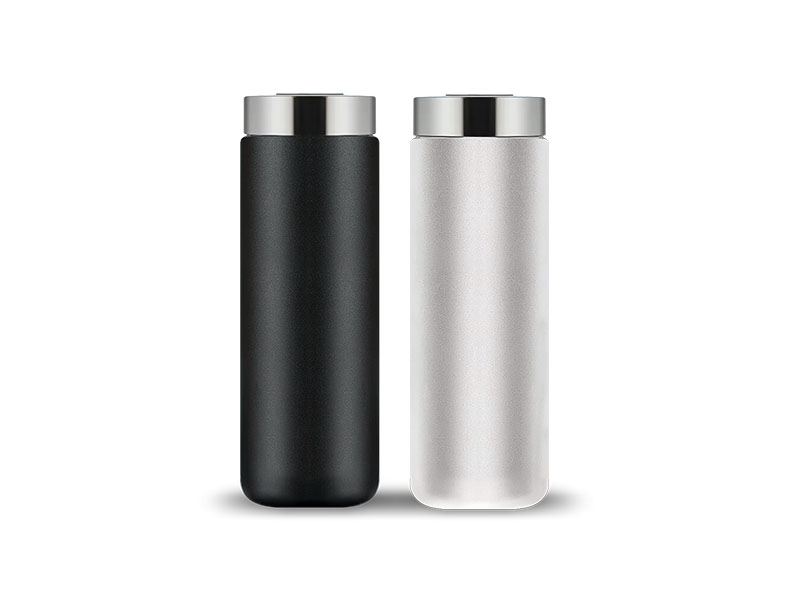1. Cup body forming: Stamping and drawing (deep drawing)
Process:
Stainless steel plates (commonly 304/316) → blanking → multiple deep drawing → trimming → shaping
Usually, 3 to 5 stamping processes are required (gradually reducing the diameter and increasing the height).
Key parameters
Mold material: Hard alloy (such as SKD11) or titanium-coated molds to enhance wear resistance.
Lubricant: Food-grade stamping oil (containing extreme pressure additives), to prevent cracking.
Stretch ratio: Generally no more than 2.0 (for example, from a diameter of 100mm to 50mm).
⚠️ notes:
Avoid excessive thinning of the material (control the deformation amount of each pass).
The edge of the cup mouth is prone to cracking, so an R corner (≥ 1.5 times the thickness of the plate) needs to be added.
2. Welding of the bottom/lid of the cup
Common welding methods
TIG welding (argon arc welding) : It is suitable for thin-walled cup bodies (0.3 to 1.5mm), with aesthetically pleasing weld seams, but low efficiency.
Laser welding: High precision, small heat-affected zone, suitable for high-end products (such as vacuum insulated cups).
Resistance welding (spot welding) : It is used for welding accessories such as cup lugs and handles.
⚠️ notes:
The inner tank welding must be seamless (to avoid dirt accumulation).
After welding, pickling and passivation are required (to remove the oxide layer and restore corrosion resistance).
Food-grade cups should use lead-free welding wire (such as ER308L).

3. Surface treatment (polishing/sandblasting/electroplating
Mirror polishing
Rough polishing (grinding wheel) → Medium polishing (nylon wheel + grinding paste) → fine polishing (cloth wheel + drill gypsum).
Suitable for high-end insulated cups and business cups.
Sandblasting (matte treatment)
Use glass beads or alumina sand to create a uniform frosted texture.
Electroplating/vacuum plating (PVD)
Titanium gold, rose gold, etc. are plated to enhance the aesthetic appeal (it is necessary to ensure that the coating is non-toxic).
⚠️ notes:
Avoid excessive heat generation during polishing (which may cause material deformation).
Electroplating processes containing cadmium and lead must not be used on food contact surfaces.
4. Curling the rim of the cup (to prevent cutting hands)
Process: Hydraulic or mechanical edge rolling to make the rim of the cup smooth.
Requirement: The R corner after curling should be ≥0.5mm, in compliance with the GB 4806.9 food safety standard.